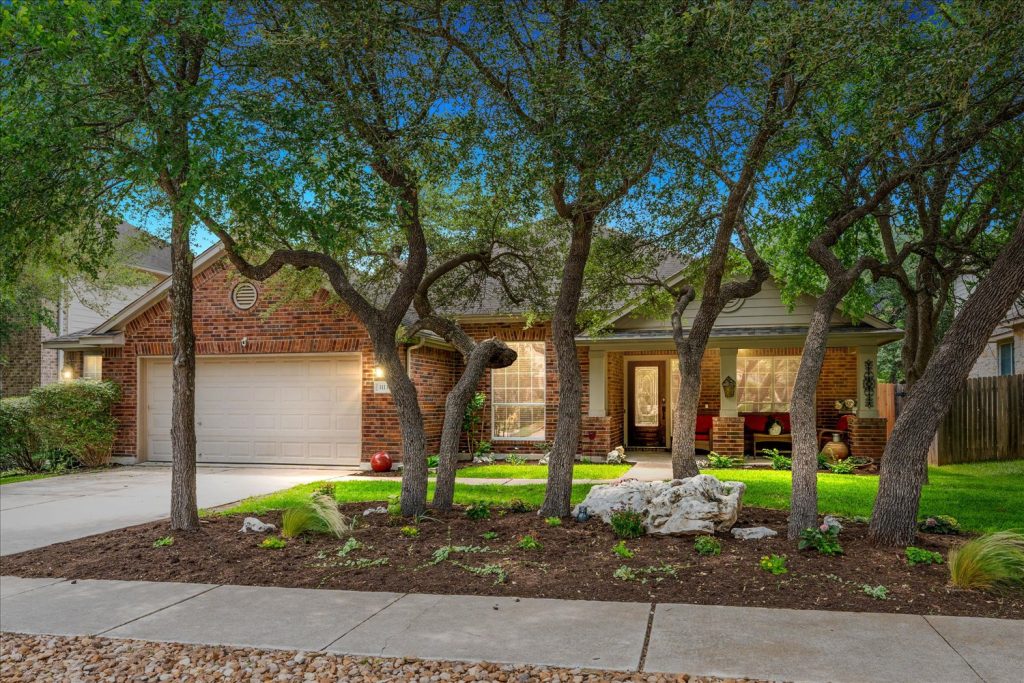
If you’ve spent any time around real estate investors, you’ve probably heard of the “7% rule.” But what exactly does it mean, and how does it apply to today’s market?
Let’s break it down
The 7% rule is a benchmark that helps investors quickly evaluate whether a rental property is likely to generate a solid return. It suggests your gross annual rent should equal at least 7% of the purchase price.
Formula:Annual Rent ÷ Purchase Price = Rental Yield (%)
Example: A $300,000 property should bring in $21,000/year (or about $1,750/month) to meet the 7% mark.
The 7% rule is a starting point in how to analyze deals. In some markets—especially those with higher taxes, insurance, or interest rates—you will need to use an 8–10% yield to break even or show a cash flow profit.
How Does It Compare to the 1% Rule?
The 1% rule is an older rule of thumb that says monthly rent should be 1% of the purchase price. While it’s a fast filter, it doesn’t hold up well in today’s market—especially in cities like Austin, Denver, or Nashville where prices have outpaced rents.
Why the 7% Rule Is More Practical Today
Accounts for operating expenses (30–50% of rent)
Leaves room for mortgage, vacancies, and maintenance
Provides a reasonable cushion for cash flow
Better aligned with how lenders and underwriters assess property yield
But again, market conditions matter. For example, on a $300,000 home with a 20% down payment, a 6.85% interest rate, $500 in monthly taxes, $208.33 in insurance, and $60 in HOA dues, your total monthly cost would be about $2,338.33. Under the 7% rule, your monthly rent target would be $1,750, which wouldn’t even cover expenses—resulting in negative cash flow.
This example shows why the 7% rule should be seen as a filter, not a full underwriting tool.
When to Use the 7% Rule
Use it as a screening tool when you’re:
Comparing multiple properties or markets
Looking for long-term buy-and-hold income
Trying to stay cash flow positive from day one
Final Thoughts
The 7% rule isn’t perfect, but it’s practical. Unlike the 1% rule, which is now often out of reach, 7% keeps your expectations grounded and helps you avoid properties that won’t perform after all costs are considered.
It’s a modern filter for a modern market—and a great habit for disciplined investors.

